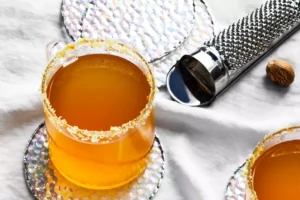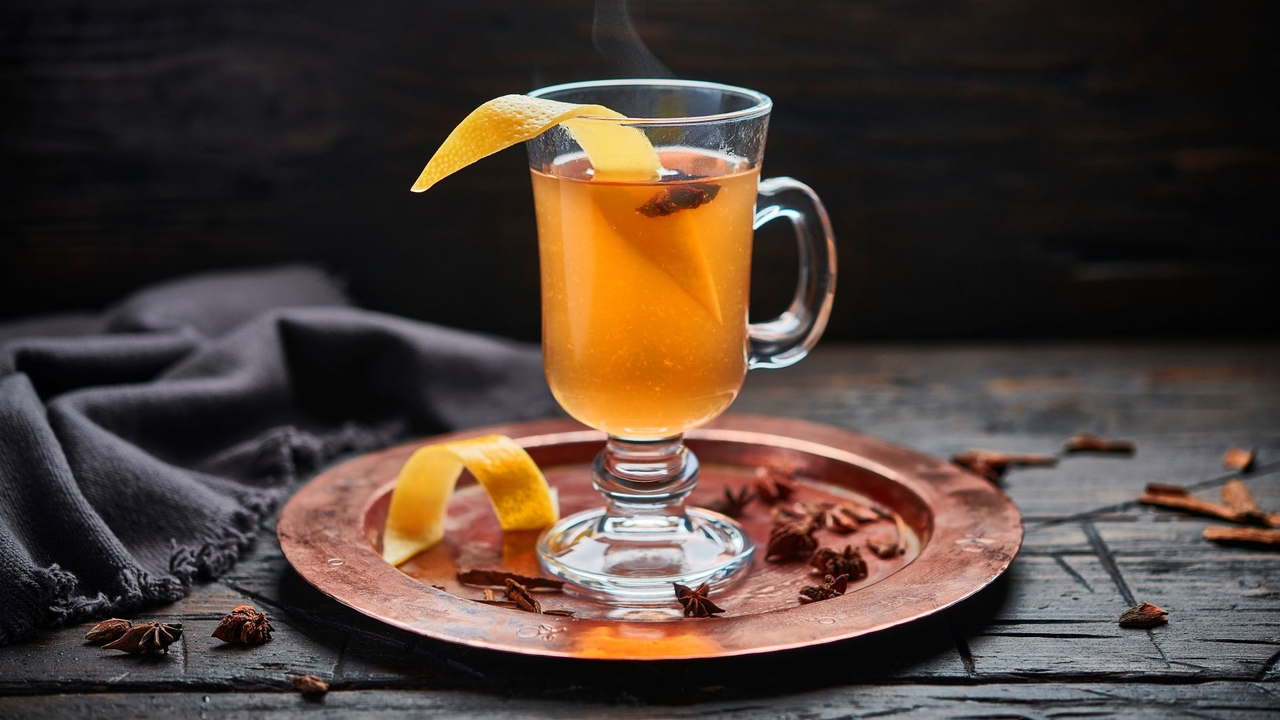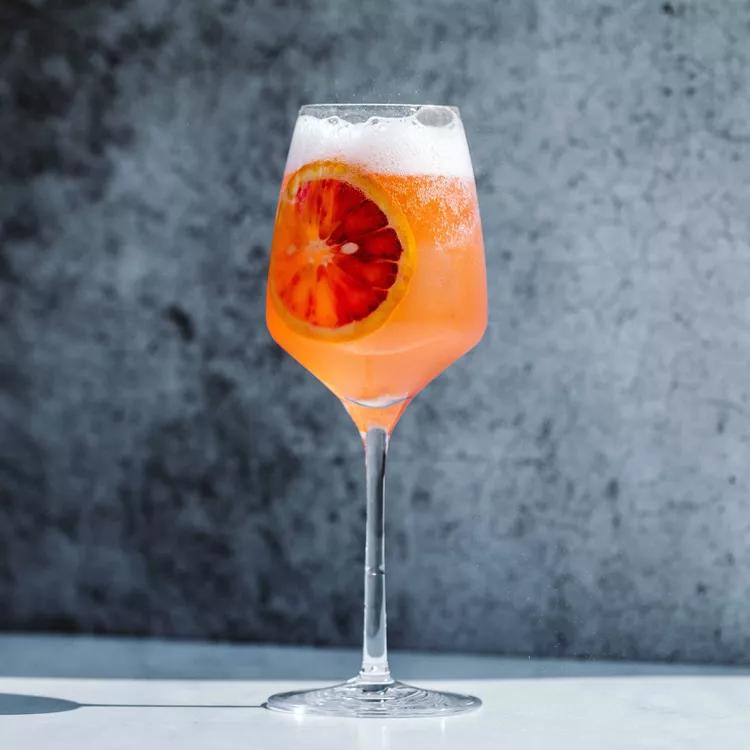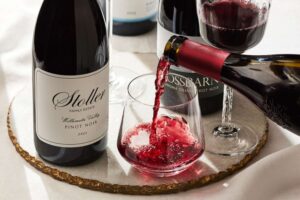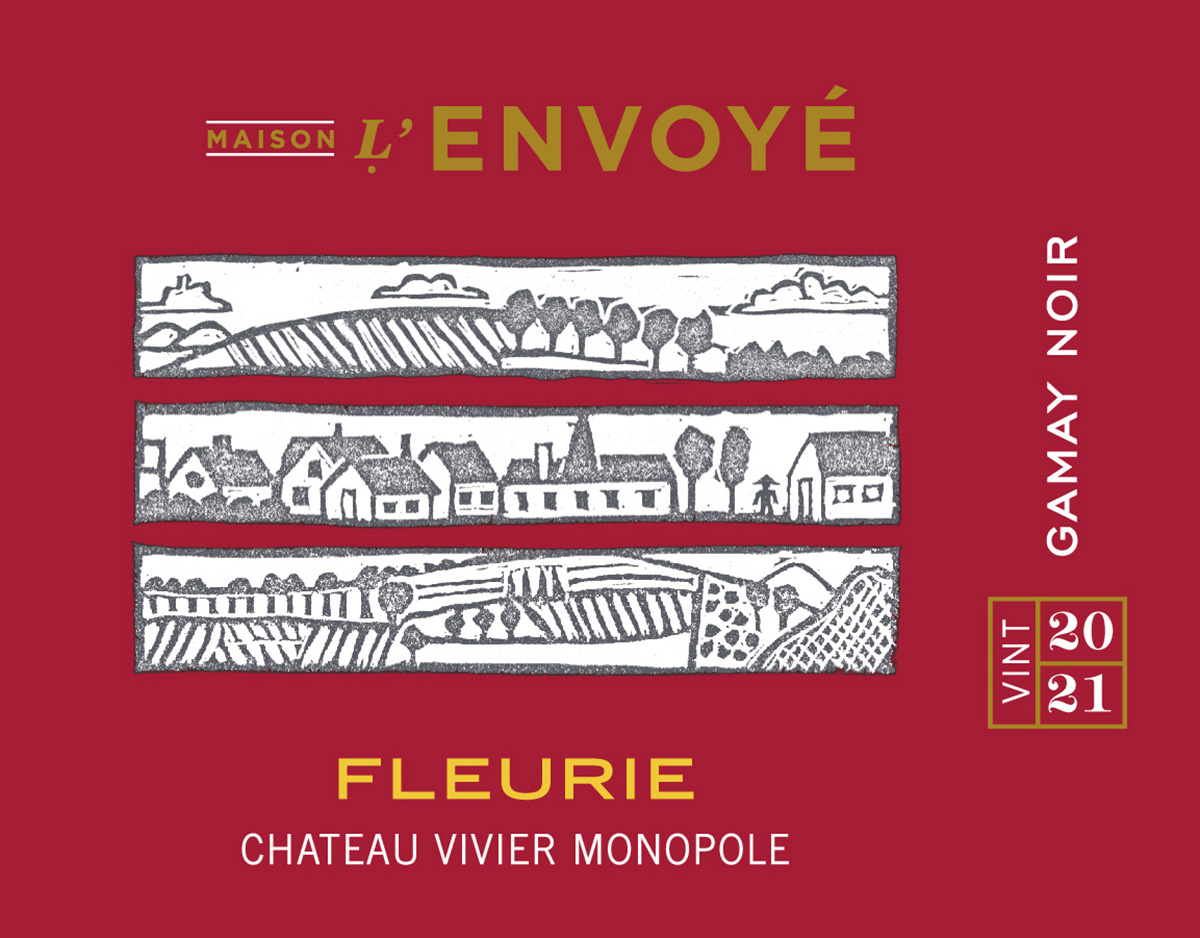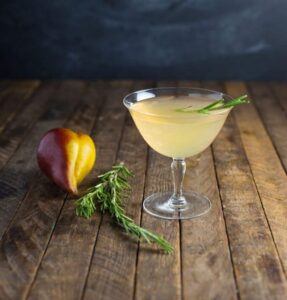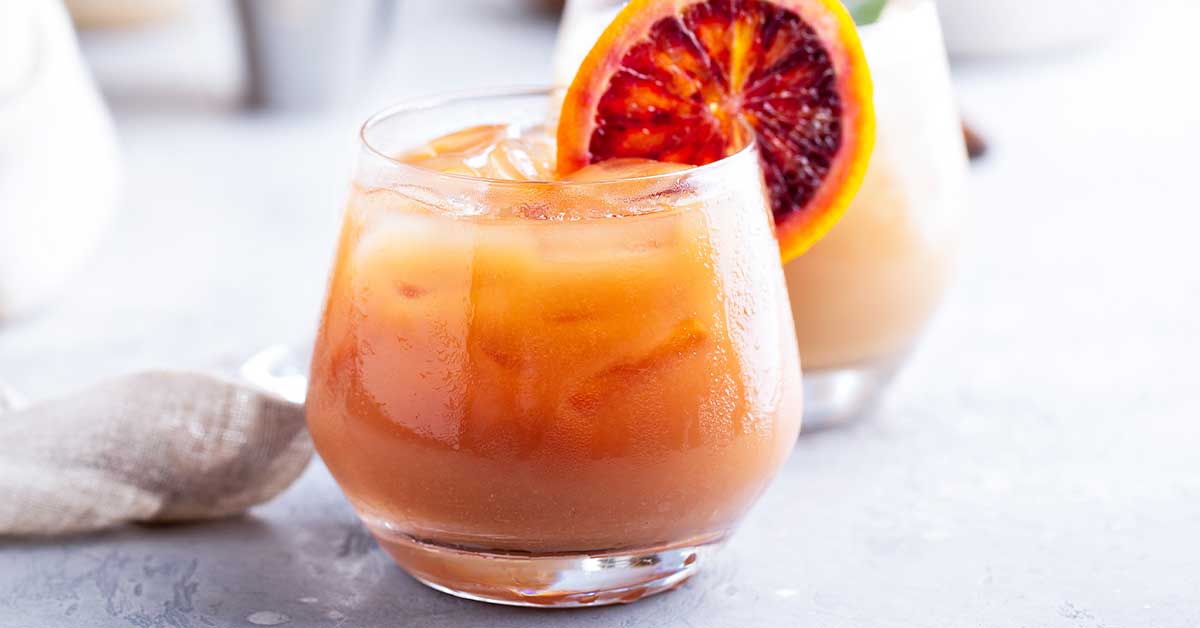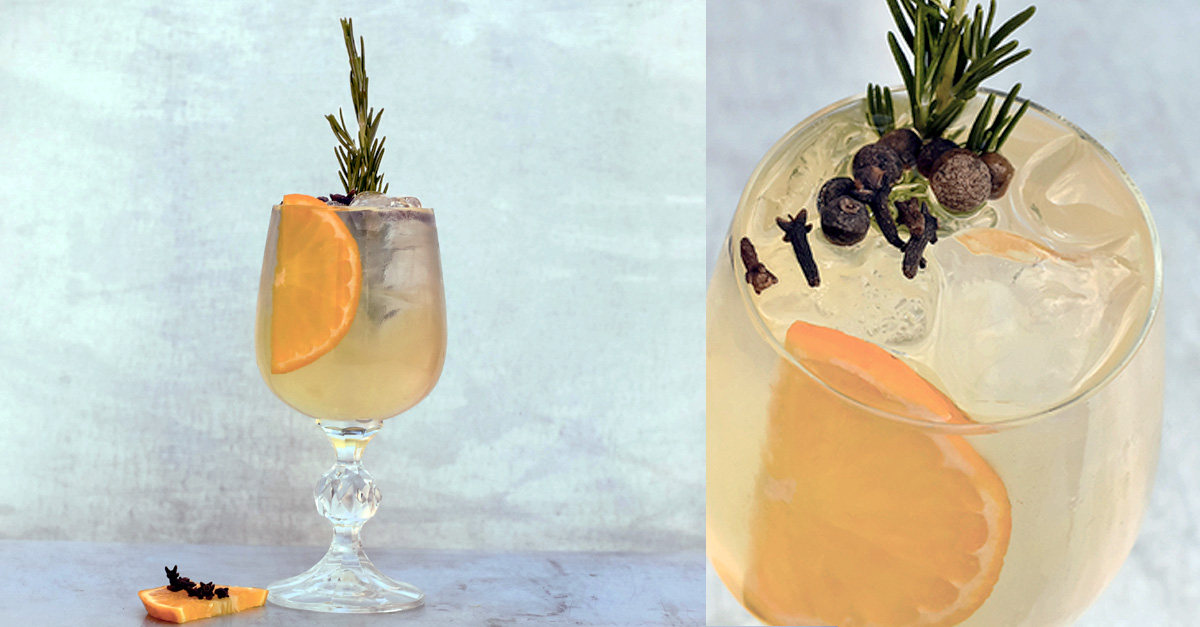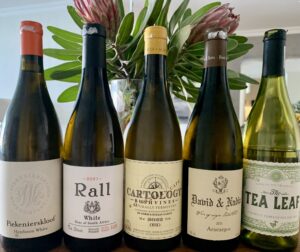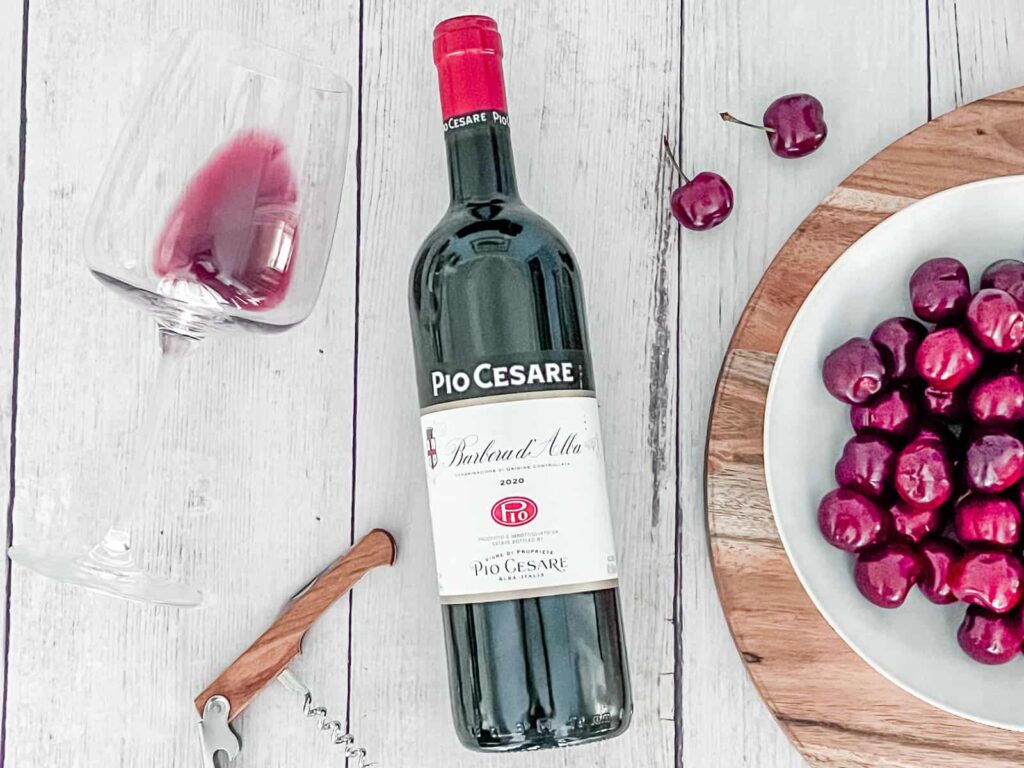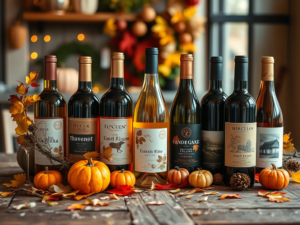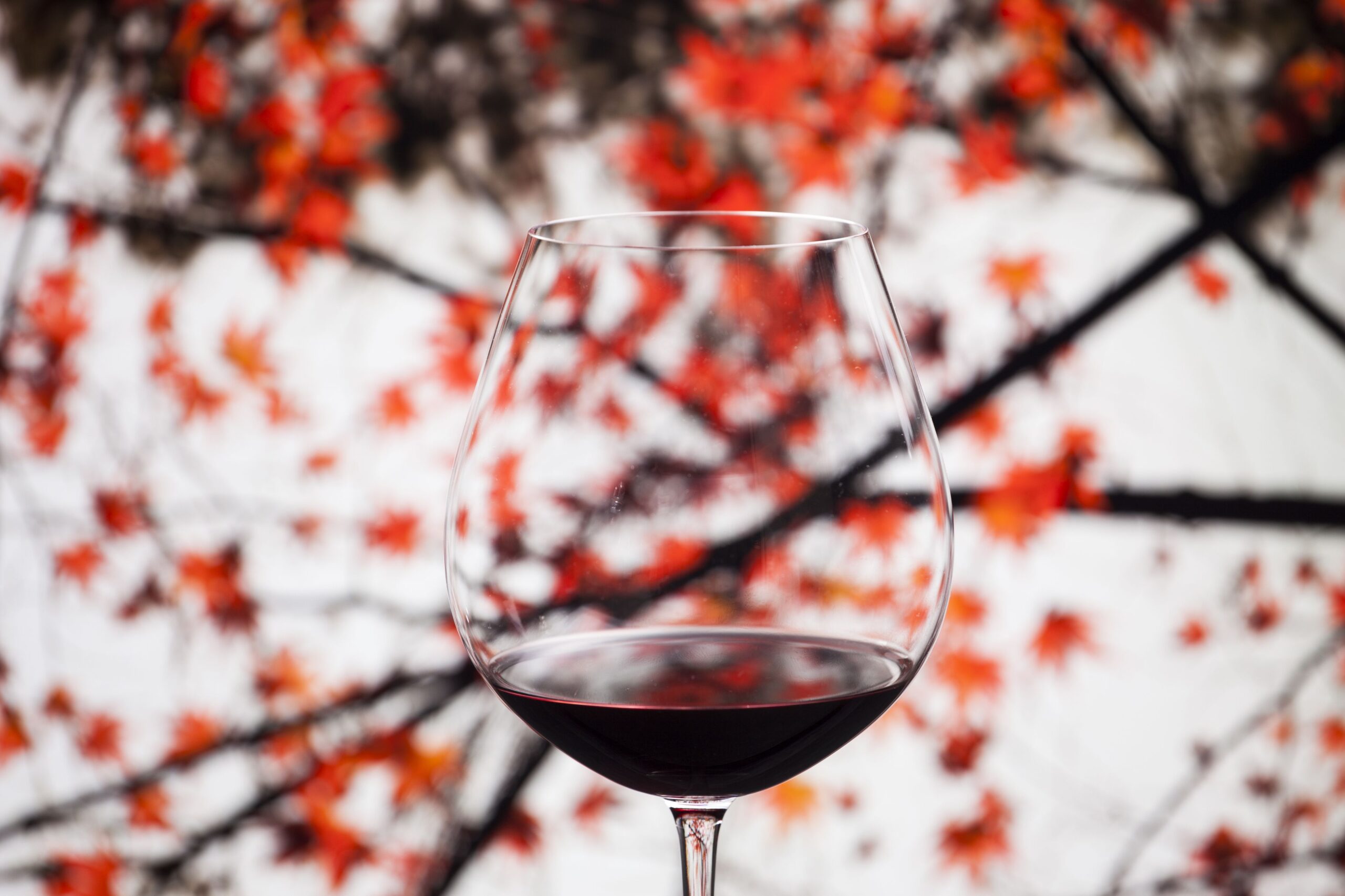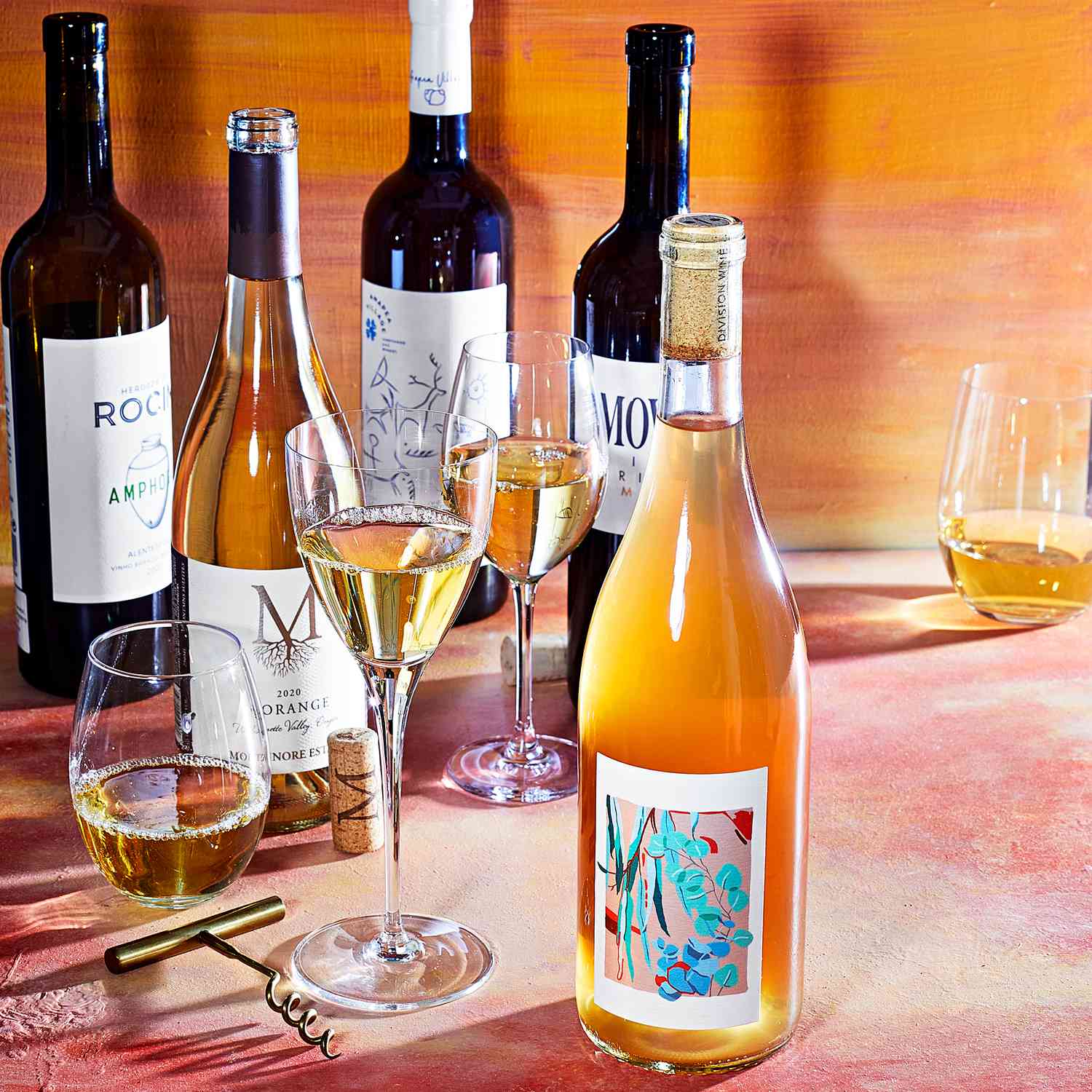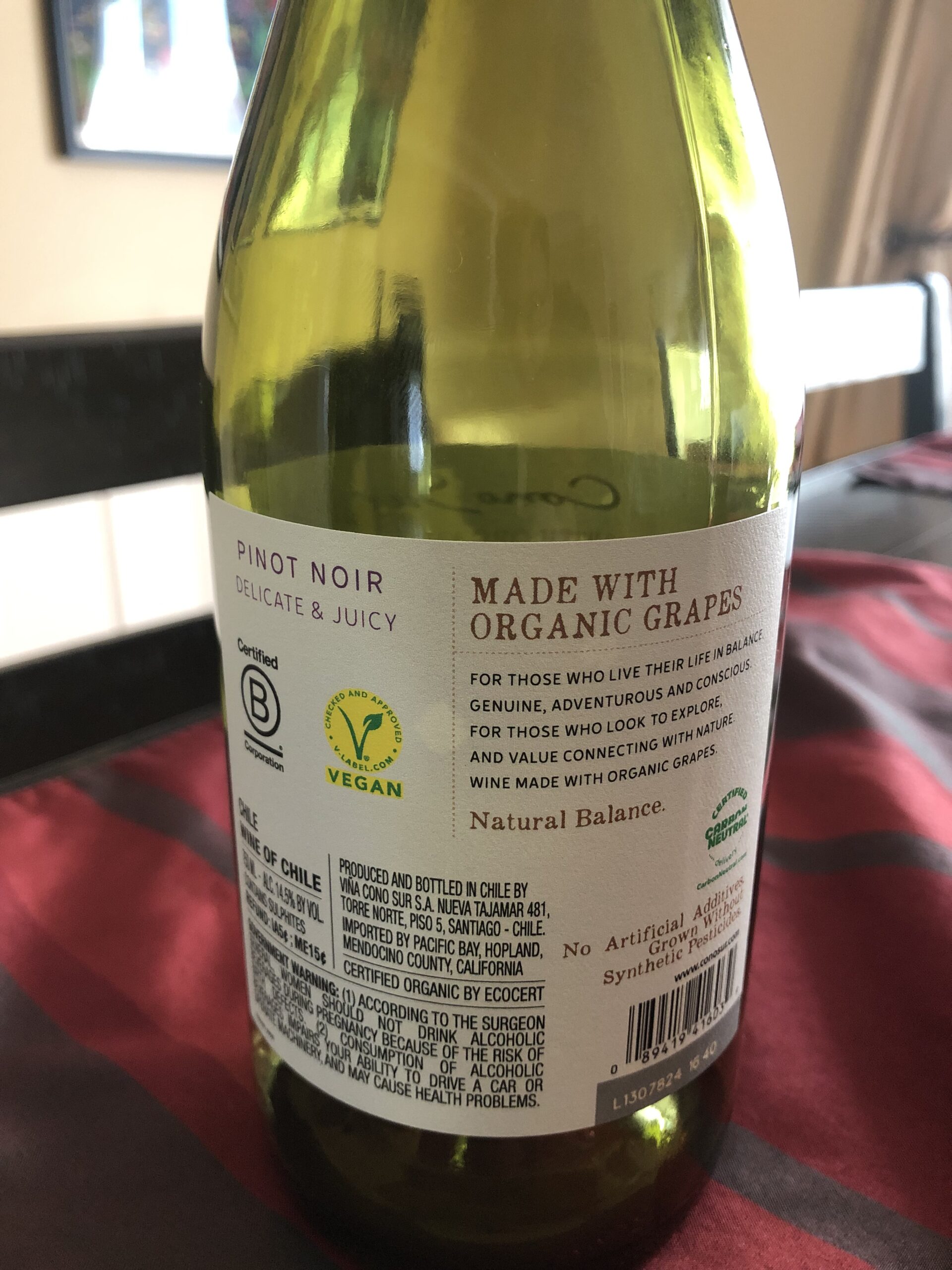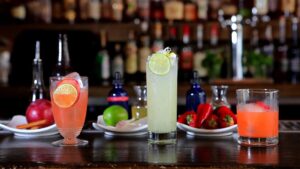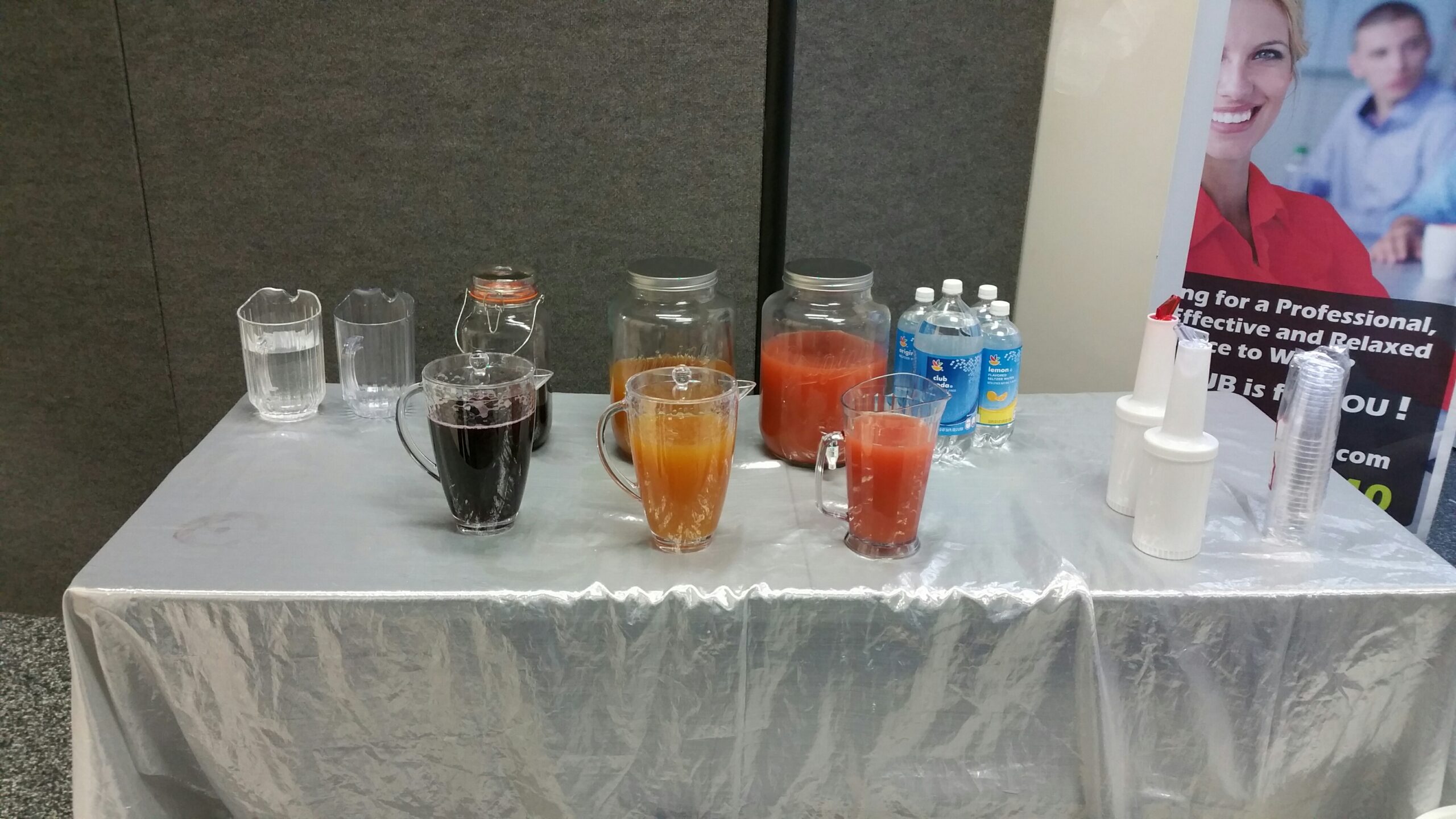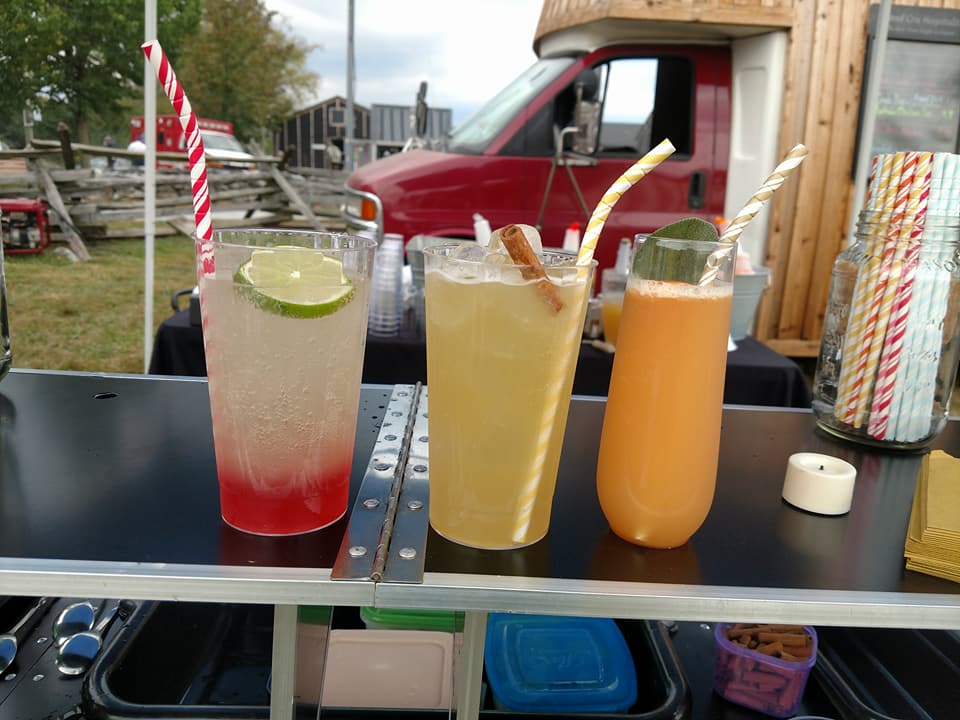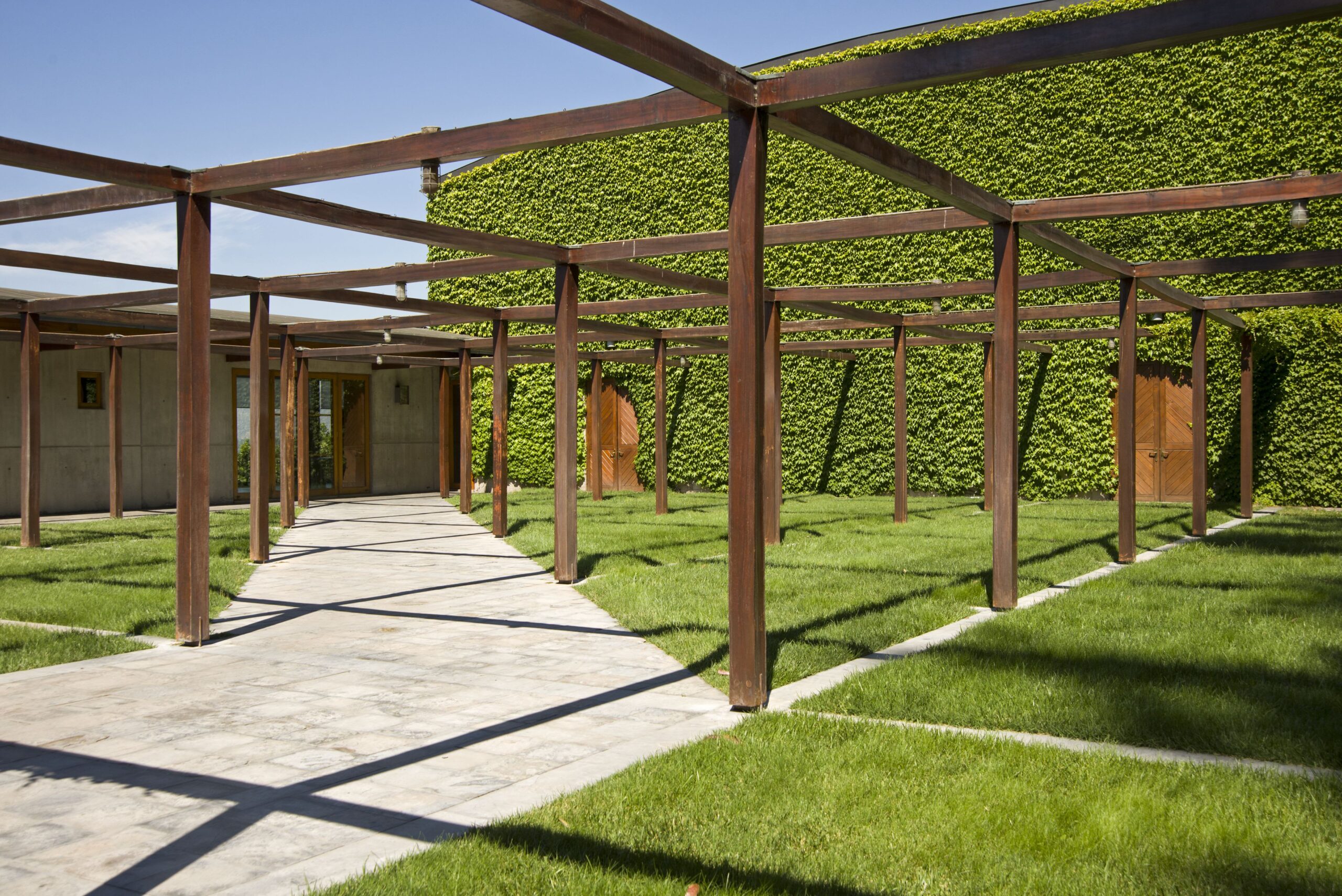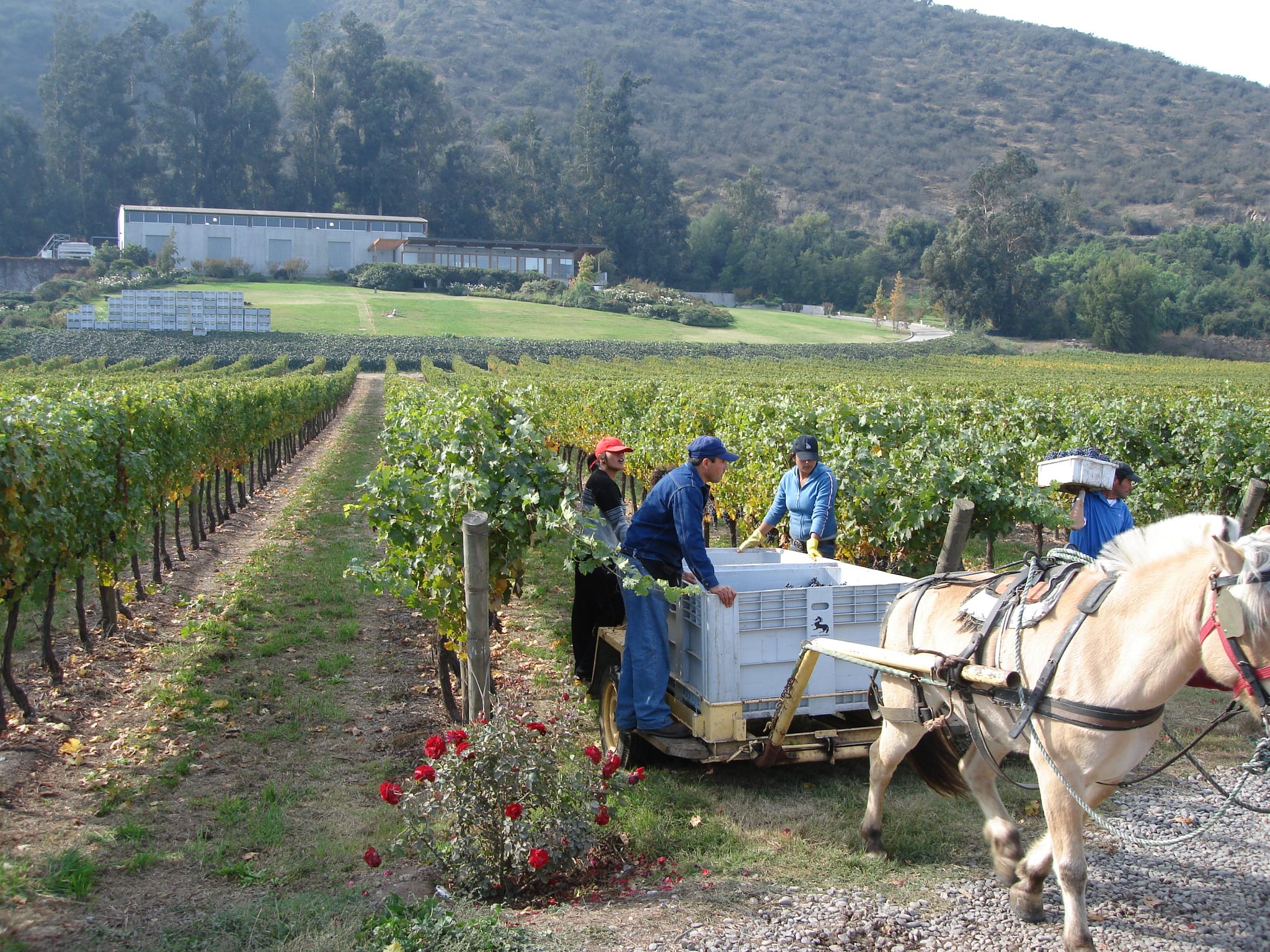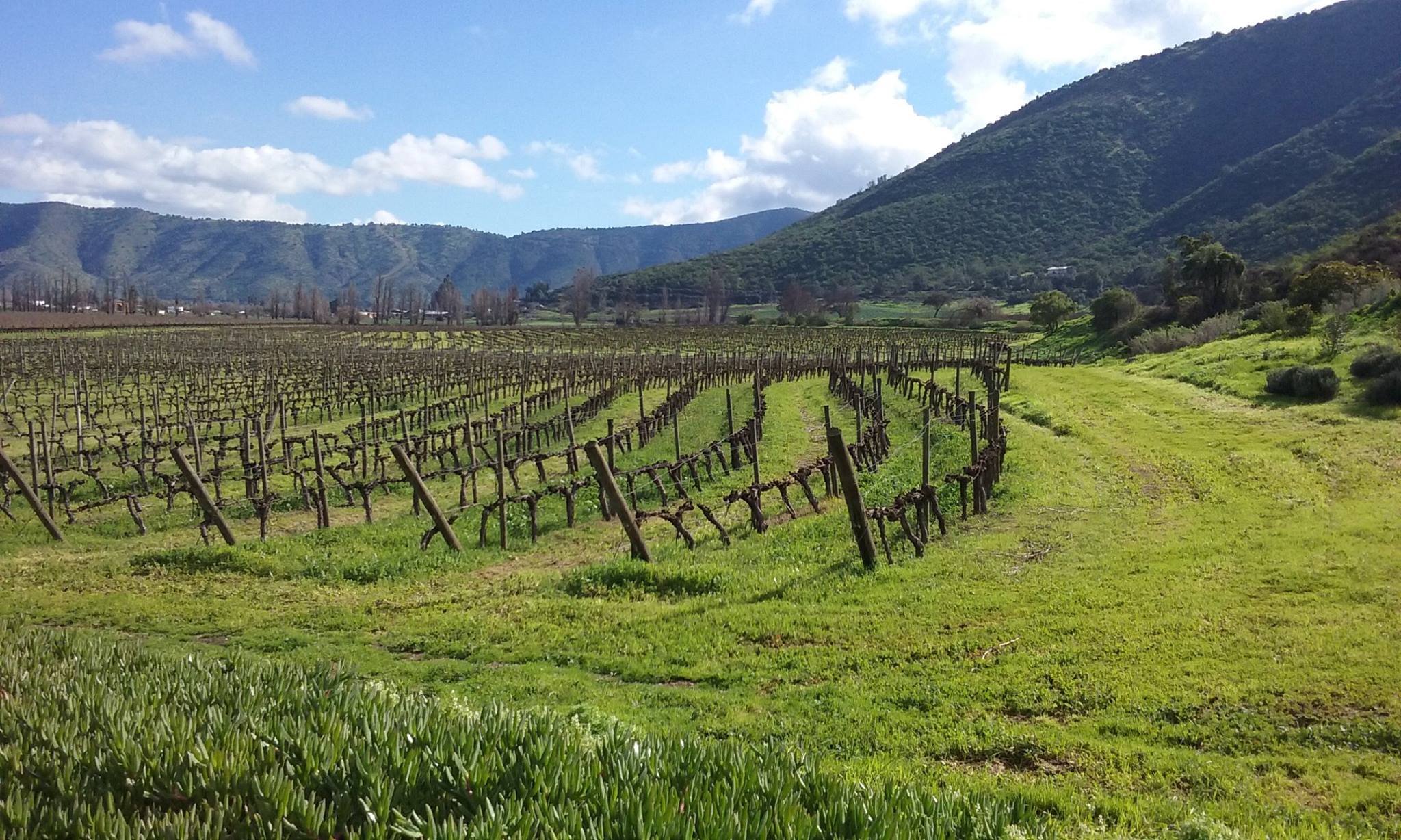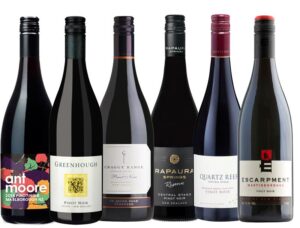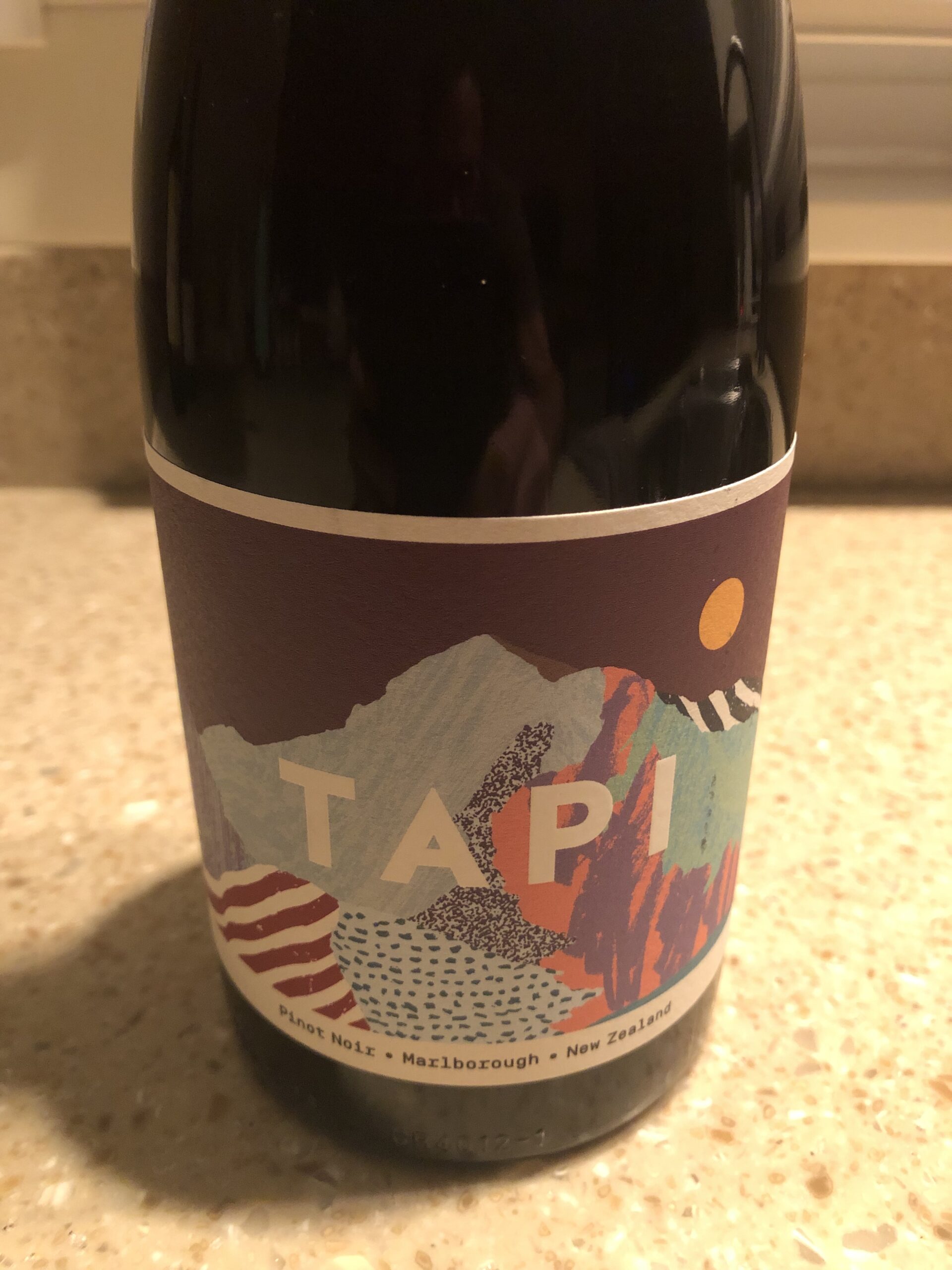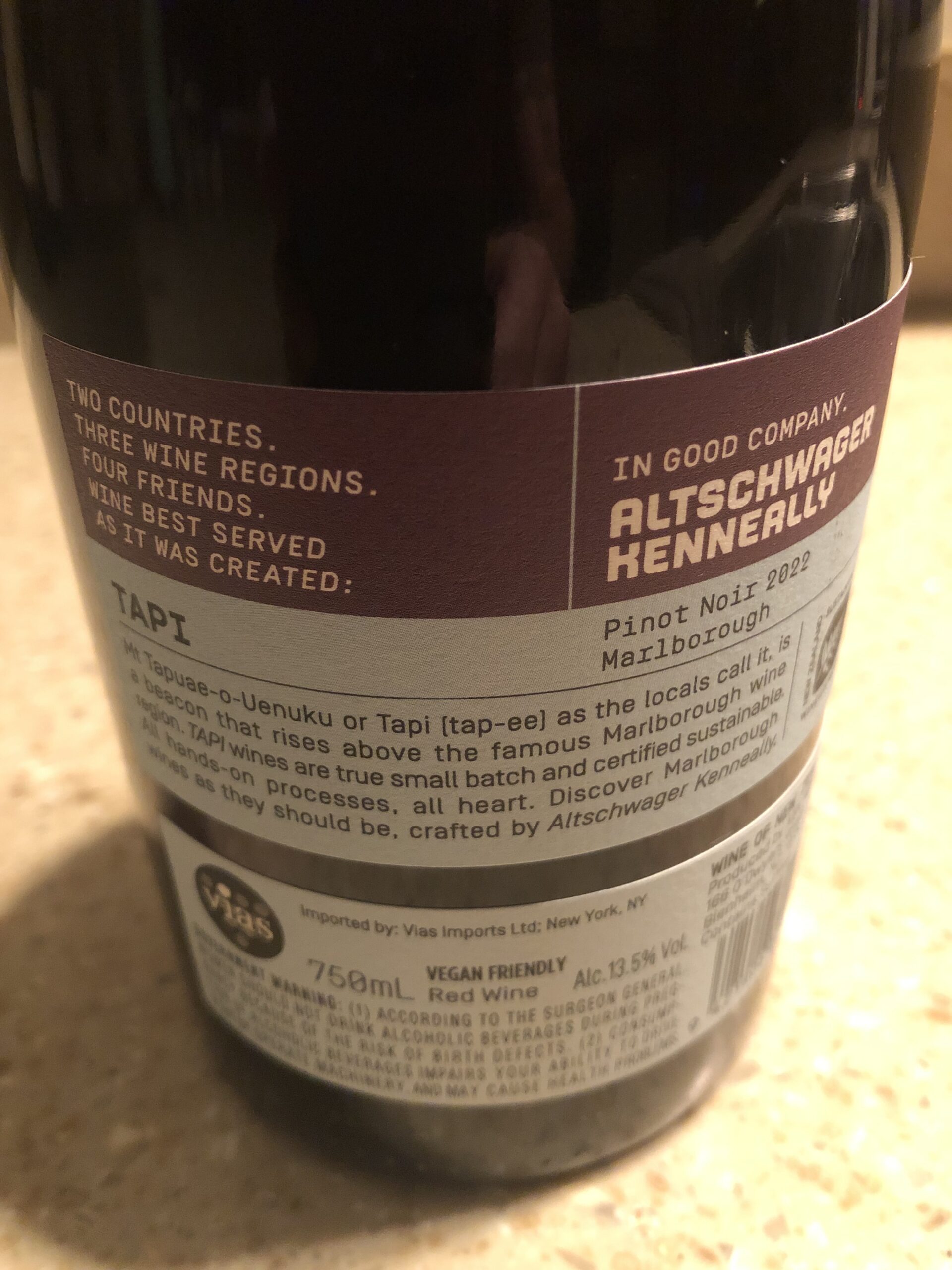December brings a whole new element to the cocktail and mocktail world. As the weather gets colder, the wind is blistering, and the snow begins to fall, the choice of what to drink at home, serve at holiday parties, and sip Christmas Eve and Christmas Day with family and friends becomes paramount. The season is brimming with holiday cheer with decorations, Christmas cookies, and a renewed gathering with family. To add to the celebration, why not enjoy a spirited winter cocktail or mocktail or a hot beverage that will warm you up?
You can mix up batched drinks, hot drinks, after-dinner drinks, brunch drinks, punches, or sangrias featuring classic holiday flavors like gingerbread, peppermint, cranberry, citrus, pear, cinnamon, apple, pomegranate, and sugar cookie or make a cozy drink that warms your soul. If you’re a fan of hot drinks, try spiked hot chocolates, hot toddies, or hot buttered rums. Think of a Bloody Mary made with tequila instead of vodka or a martini with pomegranate, blood orange, or cranberry flavors. Pull out a nice brandy, cognac, or whiskey to add to your hot drink or warm it up over a snifter glass filled with hot steaming water.
No matter what type of drink you choose, now is the time to make use of seasonal winter fruits, juices, and syrups listed above to concoct a non-alcoholic winter drink, Christmas drink, or punch the whole family and guests can enjoy.
Below you will find some cocktail options for the month of December, Christmas, and the holiday season. If you don’t drink or prefer a non-alcoholic option, there are variations listed in the drink recipes to make mocktails. If you would like help creating your own holiday drink menu or want to plan an event this winter, please feel free to reach out by email, DM on IG, or contact form on website. Cheers!!!
Toasty Toddy: A Classic Reinvented
Let’s kick things off with a twist on a timeless favorite. The Hot Toddy is the epitome of cold weather cocktails, but here is joyful spin to it, making it bolder and brighter. It is simple yet sophisticated, capturing the essence of celebration. Just combine the whiskey, honey, and lemon juice into your favorite glass and top it with hot water and stir until the honey is dissolved. Add the cinnamon stick, lemon slice, and cloves for garnish, and enjoy the warm embrace of this elevated classic.
Use Scotch, Irish whiskey, Rye, Bourbon, or Blended Whiskey. The brown spirit is often what leaps to mind when people think of a Hot Toddy’s boozy base because the spirit’s roundness complements the cocktail’s other ingredients well. But any spirit is a good Toddy base. Truly. Rum, being a kindred brown-spirit cousin of whiskey, works well. Try agave-based spirits like tequila and mezcal, or even gin, if you prefer. The endgame is different with each spirit, but the warming results are not.
- Boiling water to fill an Irish coffee mug or thick mug
- 4 cloves
- 1 lemon peel or wheel
- 2 teaspoons demerara sugar or brown sugar
- 1/4 oz lemon juice, freshly squeezed
- 2 ounces whiskey (bourbon, rye, Irish or scotch) or go for a dark or spiced rum
Prep –
Fill a mug with boiling water and let stand for a minute or two to warm. Meanwhile, stick the cloves into the lemon peel or wheel and set aside. Empty the mug and fill about halfway with fresh boiling water. Add the sugar and stir to dissolve. Add the prepared lemon peel or wheel and stir. Add the lemon juice and whiskey, and stir again.
Sparkling Winter Cosmo
This boozy, vivid, orange spritzer with the addition of Champagne, particularly rosé Champagne, takes on the personality of everyone’s favorite Cosmo and Margarita.
This vivid orange spritzer gets its striking color from blood orange and rosé Champagne. The tart juice blends lovingly with tequila and further enhanced by the brandy-based orange liqueur, Cointreau and two dashes of orange bitters. St.-Germain, an elderflower liqueur, adds sweetness and floral notes, amplifying the drink’s complexity and depth and a little lime juice helps balance the acidity and sweetness.
Rosé Champagne is generally on the dry side and with lots of berry notes and an aroma of baked brioche, it’s the best sparkling option. Plus, it is a great celebratory sparkler for the holidays. Cremant sparkling rosé wines from across France can be a replacement at a lower price tag.
Another great option is Spanish cava, which offers a number of fantastic rosé options.
The United States is producing some quality sparkling rosé, with states like Washington, Oregon, California, New Mexico, New York, and even Texas getting in on the action. Just be sure to avoid any bottles that are too sweet, or it will throw off the balance of the drink. To make mocktail, replace alcohol with spirit-less spirits, sparkling grape juice or sparkling mixed berry soda water for Champagne, and sparkling elderflower beverage.
- 1.5 oz reposado tequila
- 1/2 oz Cointreau
- 1/2 oz St-Germain Elderflower Liqueur
- 1/2 oz blood orange juice
- 1/2 oz lime juice, freshly squeezed
- 2 dashes orange bitters
- Rosé Champagne, chilled, to top (approximately 3 oz)
- Garnish: blood orange wheel
Prep –
Add the tequila, Cointreau, St-Germain, blood orange juice, lime juice and bitters into a shaker with ice and shake until well-chilled. Strain into a wine glass filled with fresh ice. Top with the rosé Champagne. Garnish with a blood orange wheel.
Michael’s Holiday Punch
This warming punch is perfect for winter entertaining with cold weather flavors of pear, cinnamon and citrus. While apples are typically the star of fall cocktails, pear liqueur adds fruity depth and flavor without being overly sweet or sour. This punch serves 12, but if you have more or less guests, adjust accordingly. It does require a significant amount of prep and time in the kitchen, but it is so worth it for your holiday parties or get togethers. To make mocktail, remove Cognac, replace pear liqueur with pear puree, and replace Champagne with sparkling white grape juice or soda water.
- Three 3-inch cinnamon sticks, broken into pieces, plus whole cinnamon sticks for garnish
- 1/2 cup sugar
- 12 oz Cognac
- 12 oz pear liqueur
- 9 oz fresh lemon juice
- 6 oz triple sec
- 12 oz chilled Champagne
- Orange wheels for garnish
- Lemon wheels for garnish
Prep –
- Add broken cinnamon sticks to a medium sauce pan and cover with 1 cup of water. Bring to a boil and simmer over moderately low heat until reduced by half.
- Stir in the sugar until dissolved. Let cool, then strain through a fine sieve into a bowl; refrigerate until chilled.
- Add crushed ice to large punch bowl. Using a long stirrer or spoon, slide orange and lemon wheels against the inside of the punch bowl.
- Combine one-fourth each of the cinnamon syrup, Cognac, pear liqueur/pear puree, lemon juice and triple sec or not in a cocktail shaker. Shake well.
- Add one-fourth of the Champagne/sparkling grape juice and shake once, then add to the punch bowl. Repeat the shaking 3 more times with the remaining ingredients. Serve the punch in glasses, garnished with cinnamon sticks and orange and lemon wheels.
Michael’s Winter Party Sangria
Cover photo. Most people think of red sangria (made with red wine) during the cold months, but this white sangria will satisfy all your guests who prefer white wine or like sangrias. It does require a significant amount of prep and time in the kitchen, but it is so worth it for your holiday parties or get togethers. To make mocktail, replace Pinot Grigio with white grape juice.
- 3 large oranges
- 1 small lemon, plus lemon wedges for rims of glasses
- 1 (2-inch) piece fresh ginger, peeled, halved lengthwise, and smashed (optional). For ease, you can leave out or sub crystallized 1/2 oz ginger liqueur, ground ginger (very potent so use very little)
- 1 cup granulated sugar, divided
- 2 (750-ml) bottles dry Pinot Grigio
- 5 whole star anise
- 2 cinnamon sticks
- 1 teaspoon vanilla extract
- Pinch of kosher salt
Prep –
- Using a vegetable peeler, remove peel in wide strips from 2 oranges and from half of the lemon. Juice lemon to equal 2 tablespoons juice; set juice aside.
- Heat orange peels, lemon peels, ginger (opt), and 1/2 cup sugar in a large saucepan over medium-high. Cook, stirring and scraping bottom and sides of pan constantly with a wooden spoon, until sugar crystallizes and turns golden brown, 7 to 9 minutes. (The sugar will melt and then crystallize, forming small pebbles.) Slowly stir in 1 bottle of wine/grape juice Slowly stir in second bottle of wine/grape juice; add star anise, cinnamon sticks, vanilla, and reserved 2 tablespoons lemon juice. Reduce heat to medium-low, partially cover, and bring mixture to a vigorous simmer. Reduce heat to low, and simmer 10 minutes. Remove pan from heat and let mixture steep 20 minutes.
- Meanwhile, grate remaining orange to equal 1 packed tablespoon grated zest. Combine orange zest, salt, and remaining 1/2 cup sugar in a small bowl. Using the back of a spoon, stir and crush mixture until mixture is fragrant and has an orange tint; set aside.
- Return pan to heat over medium, and cook, stirring occasionally, until warmed through, about 4 minutes. Pour wine mixture through a fine wire-mesh strainer into a large heatproof bowl; discard solids.
- Rub rims of heatproof glasses or mugs with a lemon wedge; dip rims of glasses into orange zest–sugar mixture. Carefully ladle mulled wine into glasses, and serve warm.

